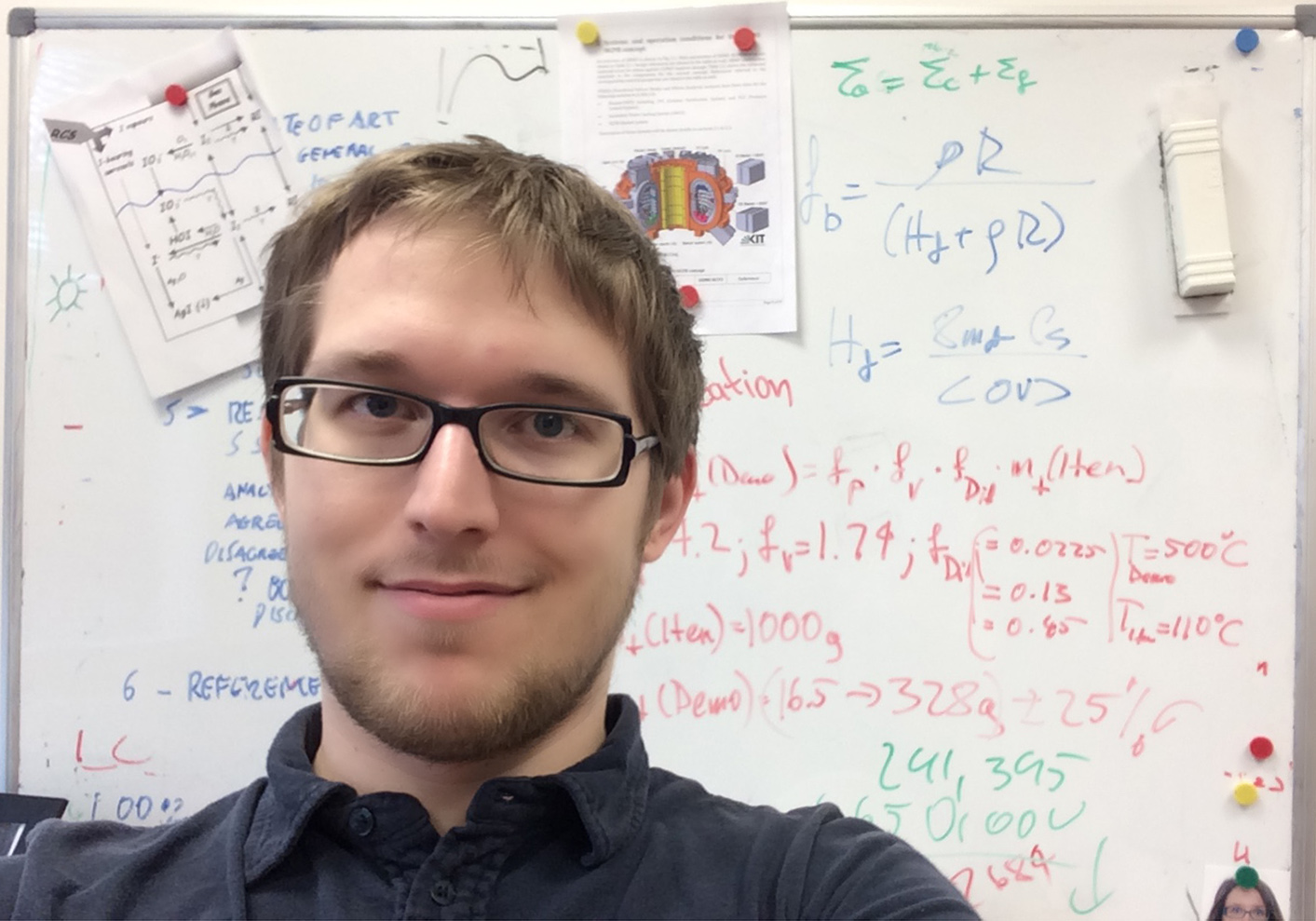Master Internship at Research Centre Řež - Czech Republic
Report by Marek Ruščák. Powered by FuseNet
I held my master course internship in the Research Centre Řež (Czech Republic), in the department of Nuclear Safety Research Division under supervision of Dr. Guido Mazzini. The Research Centre Řež (CVR) is a daughter company of ÚJV Řež (NRI, Nuclear Research Institute) and owns a unique research infrastructure, including two experimental reactors LR-0 and LVR-15. For a past few years a larger part of the company’s resources have been focused on fusion research under the supervision of late Dr. Jan Kysela, main organizer of SOFT2016.

My internship had several goals. The main one was to prepare my master thesis in neutronics and thermos-hydraulics (Rod Ejection analysis for VVER1000 reactor using coupled TRACE/PARCS code). The second goal was to assist in a project for EUROfusion (Qualification of the Tritium Source Term for HCLL and HCPB concept) and to learn deeply in the Safety R&D applied to Fusion technology. However because I am relatively new to the fusion research, my work was mainly assisting with analysis and supporting the project. The main focus point of our section is safety research and support. Through my time spend here I have learned quite a lot on how to perform safety analysis and licensing for nuclear installations (either fission or fusion).
Through my work on the EUROfusion project, I was able to learn a great deal about the DEMO project. From the actual layout concept to the detailed parameters of the four possible blanket concepts (HCPB, HCLL, WCLL, DCLL) and the differences between them. I have learned also about the mass inventory, connected to the source term research. Source term as function of the thermohydraulic conditions and the plant layout was the main focus point of my fusion internship in CVR. Another topic for my group activity was a references research into decay heat related to the different blanket concepts.
My very basic (academic) knowledge of fusion was, as I feel, greatly expanded through my work with the professionals by assisting them in research. Through my main area of research is thermo-hydraulics and neutronics, through the research of fusion I have also expanded my knowledge in material research in particular related to the Divertor and First Wall, which is a large focus point of CVR. I have met several interesting people invested in fusion such as Mr. Richard Kamendje of the IAEA, Dr. Dario Carloni of KIT and Dr. Jan Kysela of CVR.
This internship gave me the new look on research and engineering, very different from what I was used to from the academic environment. The work ethic and work methodology differs greatly from the one required by the university. The point is not learn to remember, but to learn to apply it and this internship supported by FuseNet gave me this great opportunity. I will continue working on fusion projects in the future and I am very much looking forward to it.
